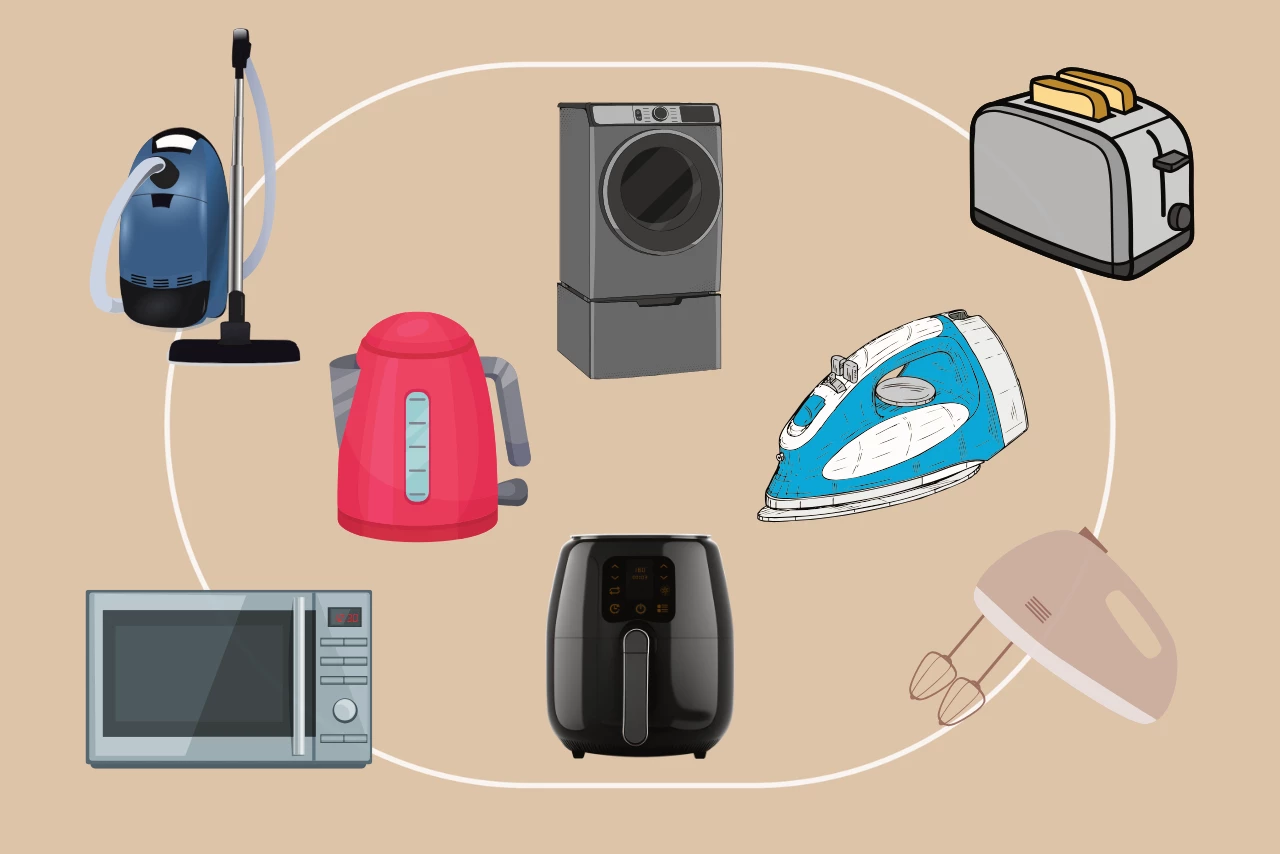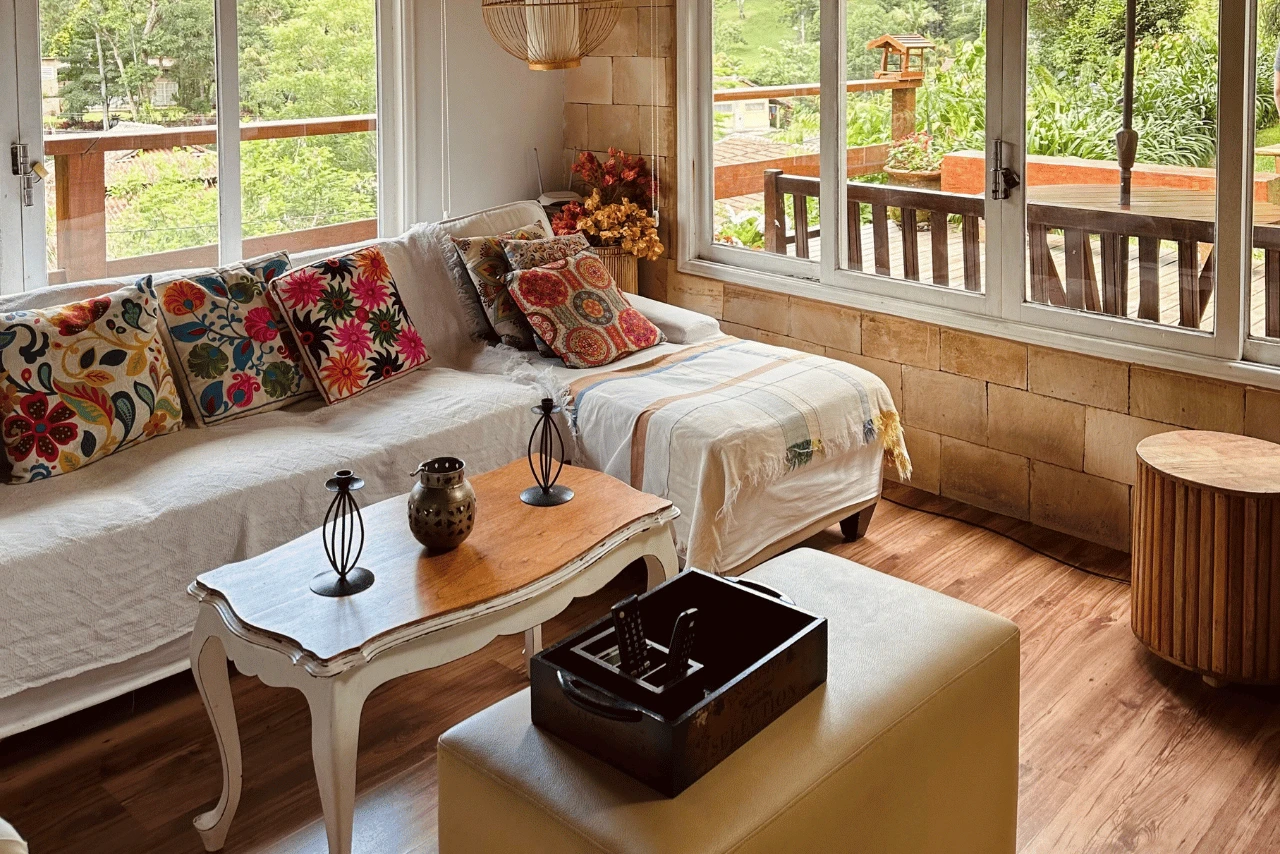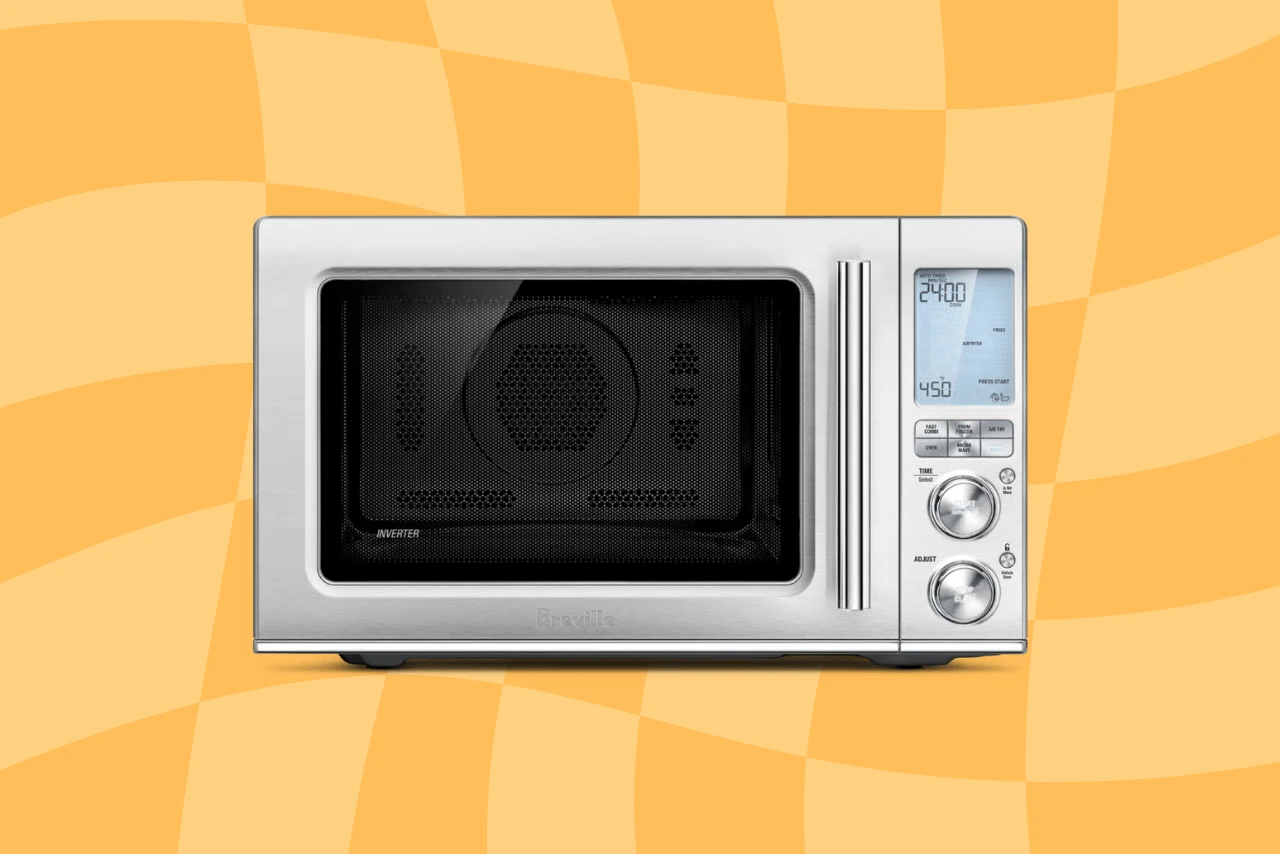Undoubtedly, the convenience, technology, and modern technology that can make living easier and more efficient make a smart home appealing. However, choosing which of the many devices on the market today are appropriate for your house can be difficult. This guide will help you in selecting the ideal smart home appliances for your needs and daily life.
1. Understand Your Needs
Instead of chasing the newest technology when designing a smart home, focus on what you actually need. Think about your everyday problems: Are you trying to improve security, reduce energy, or improve schedules? By personalizing choices to your lifestyle, you can make sure that your smart home provides value and usefulness rather than filling your house with unnecessary gadgets. Start by deciding what needs to be improved because specific devices can solve issues.
2. Set a Budget
The cost of smart home appliances ranges greatly. Advanced options can be difficult, but a good smart home doesn't have to be expensive. Prioritize what you need and look at less expensive options before upgrading your system. Many companies provide affordable choices with impressive characteristics.
3. Choose a Smart Ecosystem
For an effortless connection, choosing the right ecosystem, such as Apple HomeKit, Google Assistant, or Amazon Alexa, is important. Ecosystems act as your smart home's brain, allowing devices to work together effectively. Examine compatibility before purchasing; for example, Google Assistant and Alexa provide more device alternatives, while Apple HomeKit promotes privacy. When growing your system, it's easier to avoid inconvenience by sticking to a single environment. Start with a smart hub or speaker, then make sure that other purchases, such as thermostats or smart lights, match your ecosystem. A single system offers a consistent user experience and is simpler to manage.
4. Prioritize Security
While they can simplify life, smart home appliances can also offer risks if poorly protected. Always purchase from reliable companies that value data privacy and provide frequent firmware upgrades. Use strong, unique passwords on all devices and enable two-factor authentication on accounts. To protect your data, gadgets like door locks and cameras, in particular, should have encryption abilities. To stay clear of companies with known security flaws, read reviews. By taking preventative steps to protect your network, you can embrace robotics with confidence knowing that your smart home is safe and convenient.
5. Evaluate Energy Efficiency
Since smart devices use less energy, they can help people live better lives. Look for products with sustainability-promoting features or those with energy-efficient certifications when you're buying. Choosing energy-efficient devices will reduce your electricity costs and improve the environmental impact of your house, showing that eco-friendly living and technology are compatible. Gadgets such as smart thermostats, motion-sensor lighting, and smart plugs are excellent for reducing power consumption.
6. Plan for Scalability
The desire to expand your system will increase as you become more familiar with smart home technology. Invest in scalable or adjustable devices that can be upgraded in the future. Start with smart lighting in one room, for example, then work your way up to more areas. To prevent future compatibility problems, look for gadgets that support different protocols. Planning ahead guarantees an easier transition as your smart home develops and prevents you from having to replace outdated devices later. Scalable increases long-term value while allowing you to expand at your own speed.
7. Test and Customize to Your Lifestyle
After your devices are set up, spend some time adjusting them according to your needs. To figure out what works best, try different schedules, robotics, and procedures. For example, organize your thermostat to change the temperature while you're at work or program lights to turn on eventually in the morning. For ideal convenience, voice commands, geofencing, and app controls can be customized. You can decide which features are necessary and which are not by testing them. A well-designed smart home improves your daily life by providing efficiency, security, and comfort without being unsettling. It does more than just handle chores.
Conclusion
The process of building a smart home doesn't have to be difficult or expensive. Start small, concentrate on your needs, and select devices that match your budget limit and your daily life. You can expand your system as you consider necessary over time. The purpose is to make your life simpler and not more stressful.
READ MORE: A Guide to Stylish Storage Solutions for Every Room in Your Home








